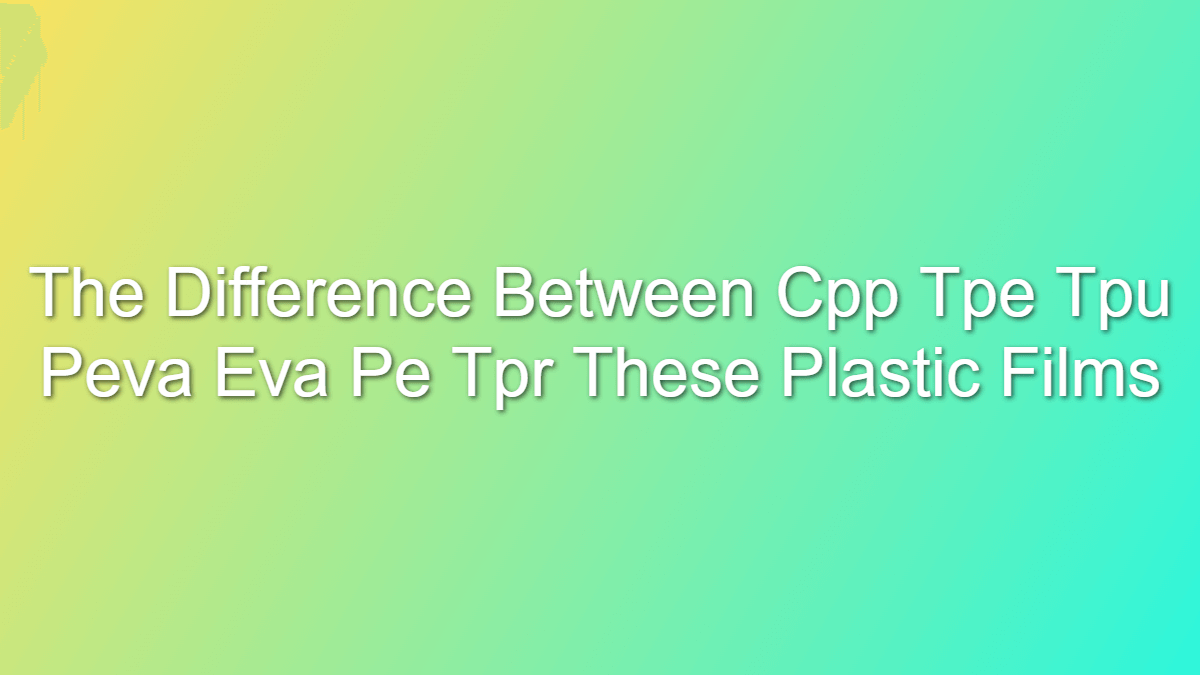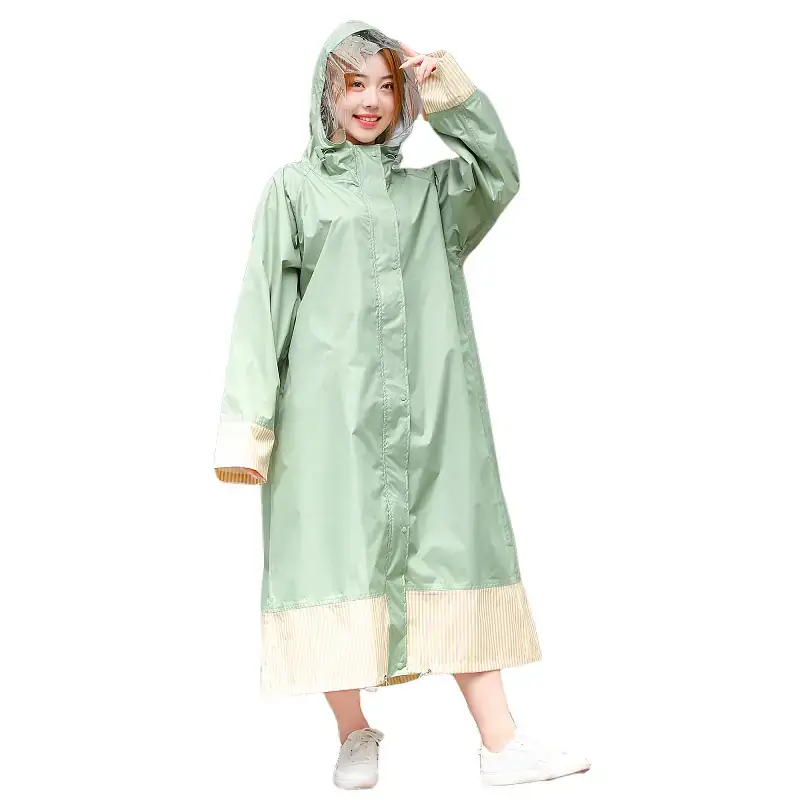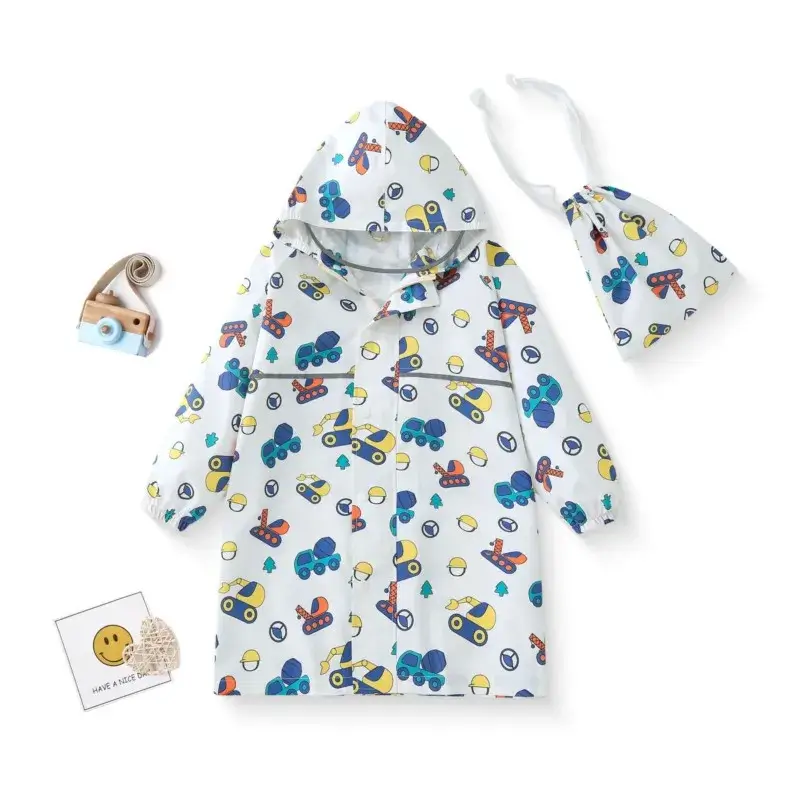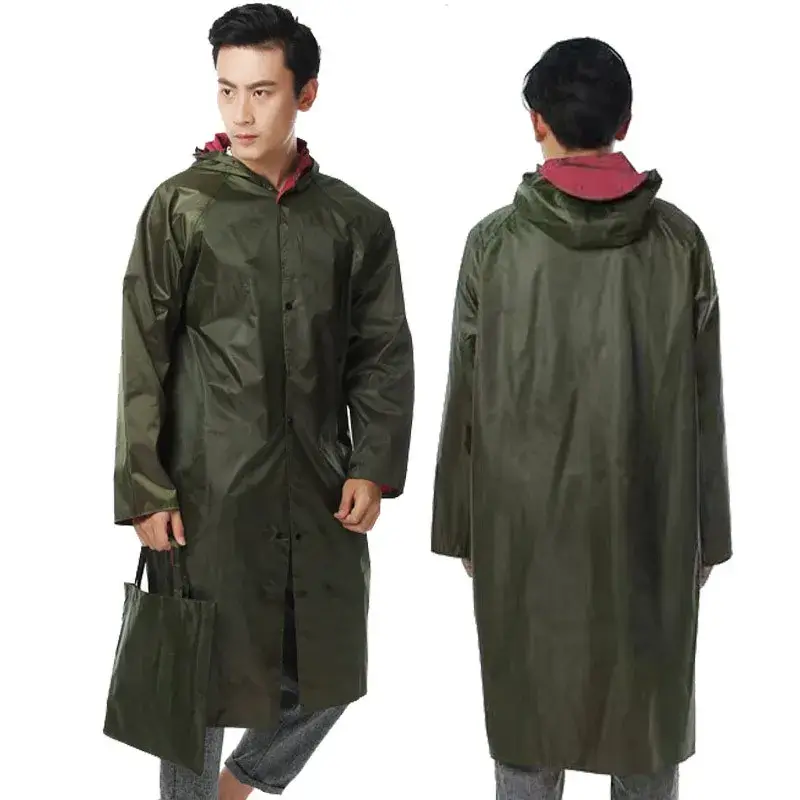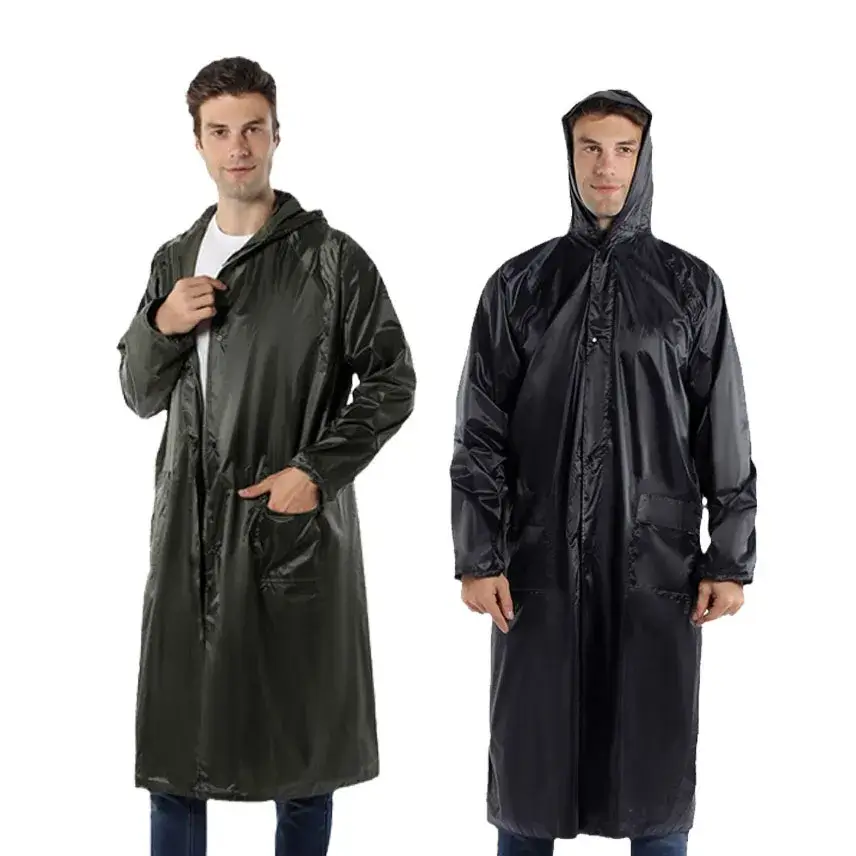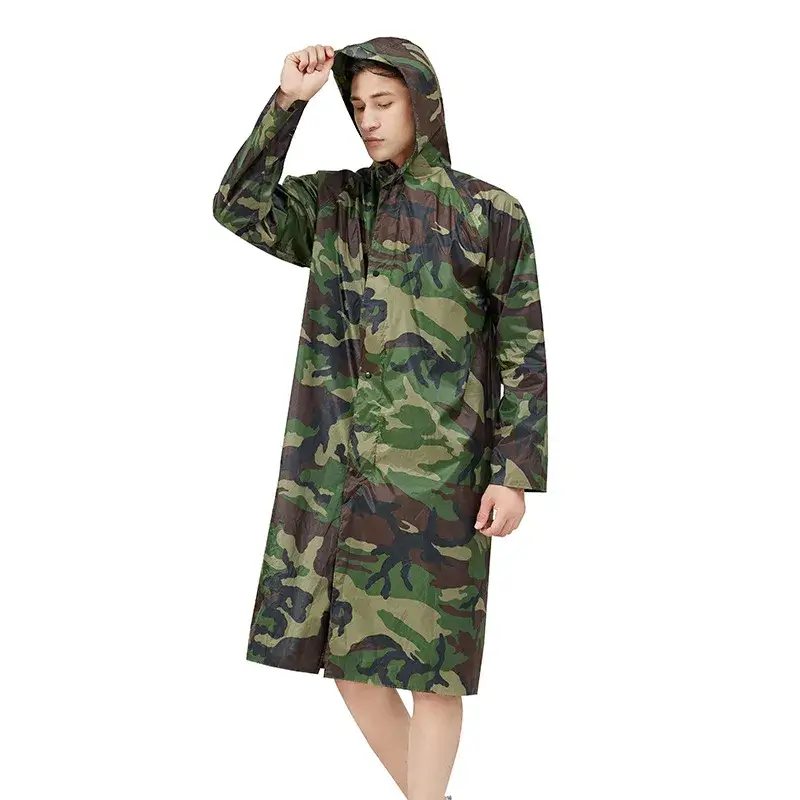1. CPP Plastic Film (Cast Polypropylene Plastic Film)
Properties:
- CPP is a type of polypropylene plastic that is produced through the cast extrusion process. It is known for its clarity, high gloss, and excellent barrier properties, especially for moisture.
- It offers good heat sealability, chemical resistance, and tear strength.
Applications:
- Food Packaging: Ideal for snack packaging, confectionery wrappers, and bakery goods.
- Textile Packaging: Used in the packaging of textiles due to its clarity and strength.
- Medical Packaging: Used for sterilizable pouches and other medical packaging.
Differences:
- Compared to PE and EVA, CPP has better clarity and moisture barrier properties but less flexibility.
2. TPE Plastic Film (Thermoplastic Elastomer Plastic Film)
Properties:
- TPE combines the properties of both rubber and plastic, offering flexibility, elasticity, and a soft texture similar to rubber, while being easy to mold like plastic.
- It is highly resistant to wear and tear and can be recycled.
Applications:
- Medical Devices: Used in medical tubing and disposable gloves.
- Consumer Goods: Found in products like exercise bands, toys, and grips for tools.
- Automotive Components: Used for sealing and vibration-damping components.
Differences:
- TPE has superior elasticity and a rubber-like feel compared to CPP and PE films, which are more rigid.
3. TPU Plastic Film (Thermoplastic Polyurethane Plastic Film)
Properties:
- TPU is known for its elasticity, flexibility, and toughness. It also offers excellent abrasion resistance, high transparency, and resistance to oils and solvents.
- It can be processed using various techniques such as extrusion, blow molding, and injection molding.
Applications:
- Sportswear and Footwear: Used in flexible and durable coatings for fabrics and footwear.
- Protective Films: Used for screen protectors and protective coatings on cars.
- Medical Equipment: Applied in inflatable medical cushions and surgical gloves.
Differences:
- TPU has higher abrasion resistance and flexibility than TPE and PE, making it suitable for more demanding applications.
4. PEVA Plastic Film (Polyethylene Vinyl Acetate Plastic Film)
Properties:
- PEVA is a copolymer of polyethylene and vinyl acetate, offering flexibility, softness, and transparency.
- It is free from toxic substances like phthalates and PVC, making it an eco-friendly alternative in certain uses.
Applications:
- Shower Curtains: Commonly used in bathroom products like shower curtains.
- Protective Covers: Used for garment bags, car covers, and mattress protectors.
- Medical Supplies: Used in disposable medical products due to its non-toxicity.
Differences:
- PEVA is less toxic and more environmentally friendly compared to PVC but offers lower heat resistance than EVA.
5. EVA Plastic Film (Ethylene Vinyl Acetate Plastic Film)
Properties:
- EVA offers flexibility, durability, and good clarity, combined with impact resistance and low-temperature toughness.
- It is often used where softness and flexibility are required, along with good adhesion properties.
Applications:
- Footwear: Frequently used in shoe soles and midsoles for shock absorption.
- Solar Panels: Used as encapsulation material for solar cells.
- Medical Applications: Found in medical bags, tubing, and pharmaceutical blister packaging.
Differences:
- EVA is more flexible and shock-absorbent than CPP or PE, and it offers greater low-temperature performance than PEVA.
6. PE Plastic Film (Polyethylene Plastic Film)
Properties:
- PE films are made from polyethylene, which is known for its versatility, chemical resistance, and durability. It is available in different densities, such as LDPE (Low-Density Polyethylene) and HDPE (High-Density Polyethylene).
- It is lightweight and moisture-resistant but can lack transparency.
Applications:
- Packaging: Used widely in flexible packaging, plastic bags, and protective wraps.
- Agriculture: Applied in greenhouse films and mulch films.
- Consumer Products: Found in grocery bags, trash liners, and shrink wraps.
Differences:
- PE is generally less flexible than EVA and less glossy than CPP, but it is cheaper and widely used in high-volume applications.
7. TPR Plastic Film (Thermoplastic Rubber Plastic Film)
Properties:
- TPR is a type of thermoplastic elastomer that behaves like rubber but can be processed like plastic.
- It is flexible, elastic, and resistant to chemicals and environmental factors, making it highly versatile.
Applications:
- Footwear: Used in shoe soles for flexibility and durability.
- Toys: Found in rubber-like toys and flexible consumer goods.
- Automotive: Used in weather stripping and gaskets for vibration dampening.
Differences:
TPR has a more rubbery texture than TPU and PE, and is more flexible than CPP or PE but less resistant to high temperatures than TPU.

